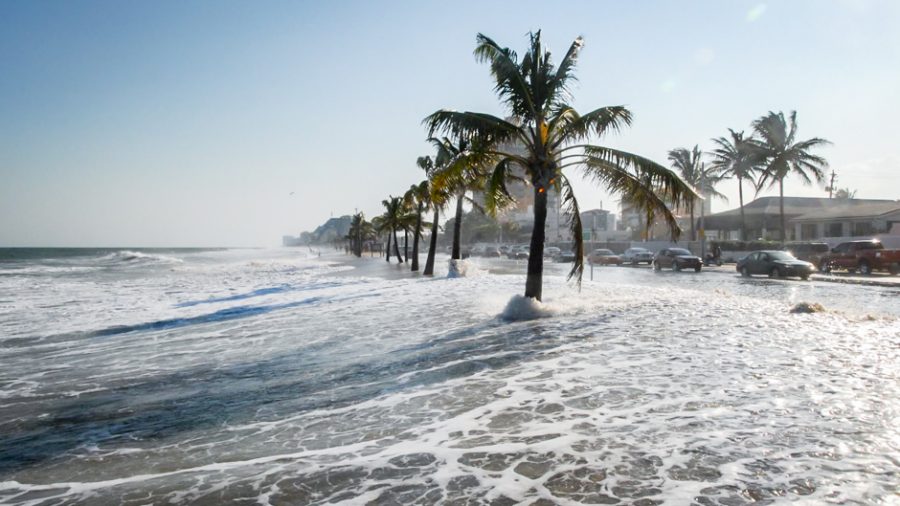Rising Sea Levels Spike Concern
The rising of sea levels has been an issue anticipated by scientists for many years. Often coupled with extreme weather such as extreme drought, floods, and hurricanes, sea level rise has proved to be a significant concern, especially regarding the welfare of several cities. It is believed that the gradual increase in the sea level has the capacity to submerge entire communities.
Rising sea levels are primarily caused by global warming. The heat trapped by greenhouse gases raises global temperatures, which contributes to higher sea levels in two ways: expanding volume and adding water. The higher temperatures cause the volume of the ocean to grow, since water generally expands when exposed to increased heat. Another more prominent cause is the melting of polar ice caps. These glaciers add enormous amounts of water to oceans, which contribute to the gradual rising of water levels.
A new study by Climate Central, a nonprofit research group, found that almost 50 cities face the risk of being eliminated by increasing sea levels. The research claims that there will be a great contrast between the world today and a world that is 3 degrees Celsius hotter. To be safe, temperatures should remain below the threshold of 1.5 degrees Celsius above industrial levels.
However, if the predicted rise of 3 degrees occurs, it would severely impact several cities, making it imperative that they take productive measures. “Today’s choices will set our path,” says Benjamin Strauss, the chief scientist at Climate Central.
Rising sea levels have caused great concern in places such as Venice, Italy. Known for its canals and water-filled routes, the city has been particularly vulnerable to climate change. It has undergone a streak of damaging floods, something that led to the increase in frequency of high tides.
The 1600-year-old city is gradually sinking, according to experts. At the end of the century, it is expected that the sea levels in Venice will rise at least 3 feet.
New Orleans, Louisiana, is another city threatened by the steady sea rise. Still not having fully recovered from Hurricane Katrina, the city features some elevations that lie 15 feet below sea level. A NASA study found that certain areas of New Orleans are stinking at 2 inches per year, leading them on the path to be completely submerged by 2100. Though particular wetlands have shielded New Orleans from bad storms, this buffer has been reduced by human activity.
While the forecasts appear bleak, there are alternatives that can be taken to protect communities from rising sea levels. Cities can build infrastructure that can withstand higher sea levels and build sea walls. Sea walls are built on coasts to reduce flooding from tides, and are made quite tall— about 5 to 6 feet. State and federal governments can also provide an important role in ensuring that rising sea levels will not harm most cities.

Akshata is a senior who loves to be creative and put her mind to things. She has been in the newspaper for three years, and is excited to finish her final...









